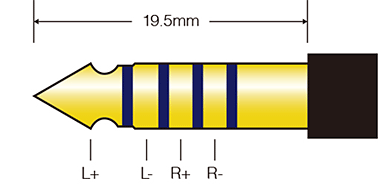Casques Focal Utopia, STAX 009, STAX 009S, LCD4, D8000, HE1000V2, HE1000SE, HD820.
Dap: AK240
Dac/ampli: Chord Hugo2, Chord mojo+ poly, Viva Egoista, Schitt Ydggrasil, BHSE headamp, Hauris HA2.
Streamer: metrum ambre.
Câbles: DM audio pour Utopia, Lazuli référence pour Utopia, Redcore PP8
Partis: 64audio Tia Fourte, Earsonics SEM9, Shure 846, Astell Kern junior, Astell Kern AK320 + ampli, Astell Kern AK 380cu, Ibasso DX150, Brimar référence 2,5. Lavricable suprême référence 2,5mm, Fiio X7 + AMP 2 et 3, Fitear TOGO 334, Empire ears Zeus XRA, 64audio U18, AAW W900, Cayin N5 II, Leonidas, T8ie, UE18+ pro V2, Fiio X5 III, Hyla CE5, cayin N5 II, in ear Prophile P8, Audeze LCD X, AK SP1000, AK70 MKII, Kennerton Odin, grado PS2000, jomo Flamenco 2018, 1960 4 brins, A&K SE100 et SR15, Hifiman Susvara, Hansound 8 brins, STAX 007MKI, HE6SE, et le reste






